Of the Cashew tree (Anacardium occidentale) from the sumac family is a tropical crop. With its fruits, which are called Cashew nuts or Cashews botanically, they are not nuts, but drupes.
What you should know about the cashew nut

The cashew tree was first discovered in northeastern Brazil. The Indians named it Acaju ("kidney tree") because of its kidney-shaped fruits. The Portuguese derived caju or cajueiro from this. The English name cashew is used worldwide today.
Cashew trees are grown in tropical and subtropical regions, mainly in Asia and Africa. Their soil demands are low, they also thrive in the mountains and on sandy soils. In addition, they are able to withstand periods of drought. Their height reaches 7 to 15 meters. Due to their shrubby shape, they are also suitable as protection against wind and erosion.
World production is almost three million tons. Almost half of it is produced in India and Nigeria. For many poor countries, cashew production is a significant economic factor that ensures the survival of small farmers in particular.
The cashew fruit consists of two parts, the cashew apple and the actual cashew fruit. The up to 10 cm long, pear-shaped, thickened fruit stalk is called a cashew apple. It smells sweet, tastes intensely sour and contains a lot of vitamin C. Since its skin is sensitive and the whole fruit is quickly perishable, it is not traded internationally, but processed immediately after harvest, in Brazil mostly into cashew juice, jam, wine and vinegar, in India also to schnapps.
The cashew nut is obtained from the actual, kidney-shaped cashew fruit hanging from the cashew apple. Extraction is laborious: the nuts are roasted in order to crack the hard shell. This is mostly done by hand and requires sufficient harvesting personnel. The seed skin is then removed by heating again.
Raw cashew nuts are inedible. Their peel contains an oil that is used for the external treatment of skin problems. In industry it is processed into technical resins, heat-resistant rubber and insect repellants, for example against termite damage. It is also being considered for biodiesel production. The peel oil is removed from the kernels by briefly flaming. If the raw food quality of the kernels is to be preserved, they must be separated from the shell by hand.
Cashew nuts are only sold peeled. The light brown to white kernels have a mild, sweet taste and are also valued for their soft consistency. Cashew nuts are available all year round.
Importance to health
A handful of cashew nuts is a popular, nutritious snack for in between meals. People who follow a vegetarian or vegan diet appreciate such an energy boost as do friends of the low-carb diet.
Cashew nuts are a healthy way of relieving hunger pangs and are considered "food for the nerves". This is ensured by the B vitamins, which increase concentration and performance. After all, cashew nuts are also said to prevent cancer, this effect is attributed to the phenolic acids contained in the nut.
At 42 percent, cashew nuts have a lower fat content than other nuts. They are rich in vitamins (A, B, D and E) and polyunsaturated fatty acids. They also provide a number of minerals. They contain a high proportion of magnesium, which is used to generate energy and supports the contraction of the heart and muscles. Iron is required for the formation of the red blood pigment hemoglobin. The body needs phosphorus to build bones. In addition, cashews are a valuable source of the essential amino acid tryptophan, which the body needs to produce the neurotransmitter serotonin. Tryptophan is known as a "good luck messenger" and is used together with vitamin B6 in the treatment of depression.
Research is currently underway to find out how cashew apples could be used industrially to a greater extent, since a large amount of the fruit rots in the fields after the cashews are harvested. Cashew apples are rich in vitamin C and tannins and have a high antioxidant effect. The oil obtained from cashew shells is used in Africa against warts and corns.
Ingredients & nutritional values
| Nutritional information | Amount per 100 gram |
| Calories 553 | Fat content 44 g |
| cholesterol 0 mg | sodium 12 mg |
| potassium 660 mg | carbohydrates 30 g |
| Fiber 3.3 g | protein 18 g |
100 grams of unroasted and unsalted cashew nuts also contain:
- Water 1.7 g
- Phosphorus 490 mg
- Magnesium 260 mg
- Calcium 45 mg
- Zinc 5.6 mg
- Iron 6.0 mg
- Manganese 0.87 mg
- Copper 2.22 mg
- Selenium 11.7 µg
- Niacin (B3) 1.4 mg
- Pantothenic acid (B5) 1.22 mg
- Thiamine (B1) 0.2 mg
- Pyridoxine (B6) 0.26 mg
- Riboflavin (B2) 0.2 mg
- Folic acid (B9) 69 µg
- Vitamin K 34.7 µg
- Vitamin E 0.92 mg
- Tryptophan 238 mg
Intolerances & allergies
Cashew nuts are less likely to cause allergies than other types of nuts. However, when allergies occur, the reactions are often severe and can lead to anaphylactic shock. This is especially true for children. Therefore, people who suffer from a nut allergy should be particularly careful when consuming cashew nuts. Occasionally, cross-reactions have also been observed, for example with pistachios and green beans. The reason for this is that the allergens in cashew nuts are similar in structure to the proteins found in legumes.
According to the EU regulation, it must be labeled if products contain cashew nuts. However, since these are used in a wide variety of products, not only in foods such as energy bars and desserts, but also in personal care products, you should always inquire about the composition in case of doubt.
Shopping & kitchen tips
Cashew nuts are always available in stores peeled and roasted, as well as salted, seasoned with paprika and chilli or caramelized.
Cashew nuts have a long shelf life as long as they are in the sealed packaging. It is best to store them in a cool and dry place. Once the packaging has been opened, it should be ensured that the seal is airtight and the seeds are used up soon.
Other products are the oily cashew butter, which can be found in health food stores and which is used to refine vegetarian dishes and raw vegetables. A popular spread is sweetened cashew cream. Cashew butter is made from roasted kernels and sunflower oil, which is also used as a spread and an energy source for competitive athletes. Pure cashew oil has a fine taste that is reminiscent of almond oil.
Preparation tips
Cashew nuts can be combined with all kinds of dishes: with raw vegetables and salads as well as in stir-fry vegetables and meat dishes, in the wok or in the oven. They are made into pesto and spreads, sauces and dips. They can also be used to make desserts and ice cream. Due to their soft consistency, they are easy to grind.
Cashew nuts are most aromatic when they are lightly roasted in the pan. This is best done at moderate temperatures so that they don't burn.

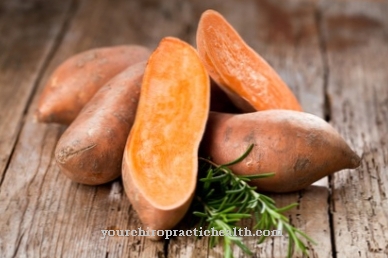

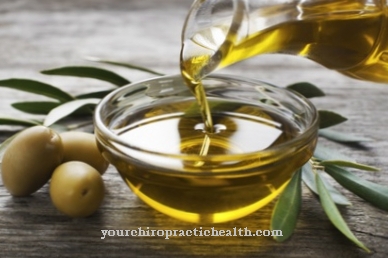
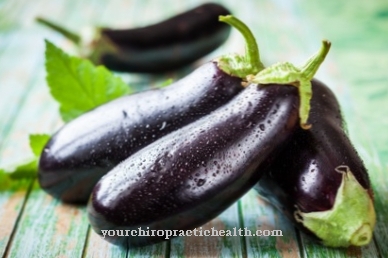
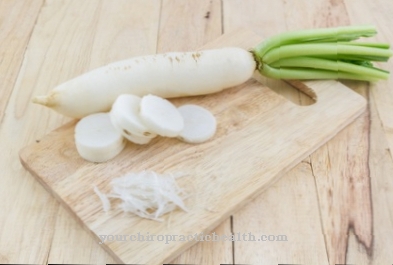
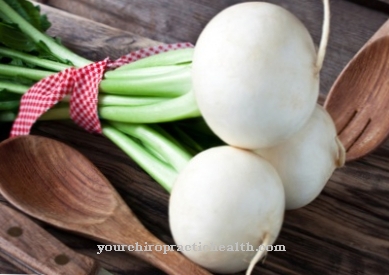






.jpg)

.jpg)
.jpg)











.jpg)